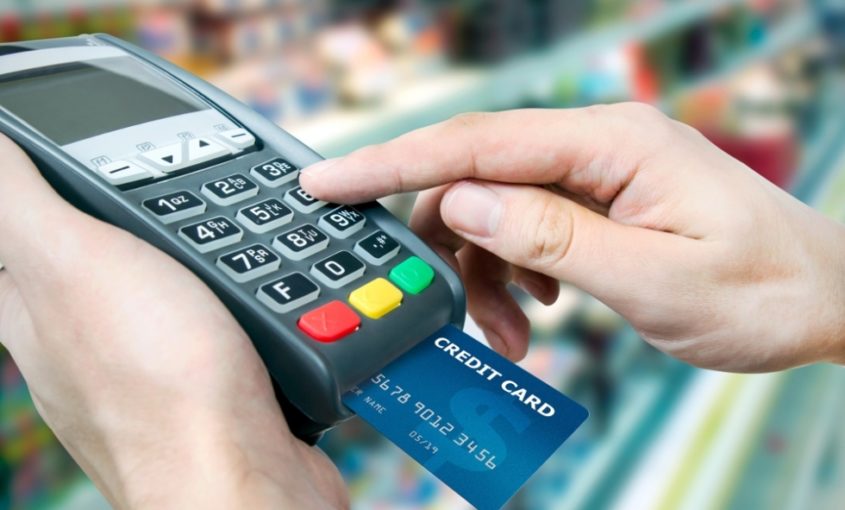PART 1 – Just taking payment is not enough: The problem with mobile payment
As consumers we’re a tap-happy lot. When paying for products and services, we expect to be able to tap and go whenever and wherever it suits us. We buy from all types of retail stores, we go to events, pay for food and drink and receive deliveries, all in various locations.
Many companies meet this expectation by using mobile pin pads that now work over wireless networks. These devices do work fast and have become well accepted.
So, mobile payment – sorted. Right?
But what about the sales record? Who paid for what, and when?
Regardless of whether the sale is being recorded in a CRM, ERP or other transaction system, if it is disconnected from the payment taken on a pin pad, both records must be reconciled. This involves matching the list of sale records with the list of card payments from the pin pad. This might be done by the business owner burning the midnight oil, or by their accountant charging a premium for their time, or in a large firm, by the accounting department.
We often hear CFOs say something like this:

Of course, the chances of the sale and payment records always matching are slim. Reconciling the two is time consuming, frustrating and ultimately adds significant overhead costs to the business. In some cases, it may even add delays to finalising the sale.
We’ve written before about the high cost of reconciliation which affects not just finance, but inventory and customer data also.
In cases where no transaction system is being used at all, then the sales record is non-existent. This might suit a handful of micro-businesses, but for most companies it means a lot of manual work.
Managing inventory, for example, is entirely manual and prone to error. After a day of trading, how does a store or field service business know how many of each product they’ve sold and which products to re-order? They are totally reliant on a physical stock count involving pen and paper or a spreadsheet.
How does the business handle their tax liability – especially with mixed supply? Accounting for Goods and Services Tax becomes a guesstimate, at best. And what about those customers who want a Tax Receipt? Well, that’s manual too, as the pin pad receipt only details payment, not products and therefore not GST.
Manually entering the sale amount into a pin pad is another unnecessary cost, adding real dollars to the cost of sale. Add to this the fact that people make mistakes – we’re all human – manual entry leaves room for error and, in some cases, fraud.
So, in today’s competitive business environment, just taking payment is no longer enough.
So, what’s the alternative? How can we do mobile payment better?
Find out in Part 2 – Just taking payment is not enough: Capture a complete transaction.

